Projections
A PuSh International Performing Arts Festival, CABINET Interdisciplinary Collaborations, the Turning Point Ensemble, the Vancouver Art Gallery, and the Roundhouse Community Arts & Recreation Centre copresentation. At the Roundhouse on Friday, January 19
Kate Craig’s 1989 video Mary Lou opens as a shifting grid of enigmatic lines, but it does not take long before it resolves into tiled roofs and one intuits Japan—the temples of Kyoto, to be precise. Ah, landscape, you think, as the artist’s restless eye shifts to ranks of trees, obviously from the Pacific Northwest, and then on to the glimmering surface of the sea. But these are also broken down into shape and line; pattern pulses against pattern in a complex, layered dance that is both an ecstatic paean to nature and a haunting shimmer of abstract forms.
In hindsight, Mary Lou can be seen as a classic example of minimalism, especially now that new technologies have brought the late Western Front stalwart’s vision into sharper focus. Seen on the lousy monitors of the late ’80s, her signals were noisy, obscure, and somewhat impenetrable. Digitally transferred and projected onto a nine-channel screen, they’re harder and brighter and, well, clearer. Augmented by George Lewis’s new electroacoustic score, replacing Iain McNulty’s original, they’re mesmerizing, too. Sound and image bear only a tangential relationship, but their casual symbiosis embodies the richness of the physical world, as expressed through the deep sensuality of Craig’s way of seeing and the warm generosity of Lewis’s music.
Less convincing was the offering that followed, conceived by the interdisciplinary duo Hadley + Maxwell. Despite a taut score from Stefan Smulovitz, (The Rest Is Missing) is an audiovisual shaggy-dog story set in the key of artspeak. Hadley Howes and Maxwell Stephens claim the piece “marks the sovereign decision between complicity and dissent”, but most viewers were left wondering just how such a thing could be achieved by filming the cutting up, reconfiguring, and whitewashing of a motley collection of old musical-instrument cases.
In contrast, there is nothing ambiguous about Edgard Varí¨se’s 1954 composition Déserts: it’s a landmark of electroacoustic music, although Bill Viola’s 1994 video accompaniment is less certainly a work of genius. Some of the visuals—notably the desert scenes and the lonely, slow-mo breakfast eater—are surprisingly facile and obvious. But there are also glorious moments of transformation, just as there are in the score itself, which blurs the distinction between acoustic and electronic sound in a contemporary way.
Under the direction of conductor Owen Underhill, the Turning Point Ensemble handled Varí¨se’s elaborate time shifts and timbral changes with energetic precision; in this and in Mary Lou, the band lived up to its mandate of recontextualizing 20th-century art for this still-new millennium.


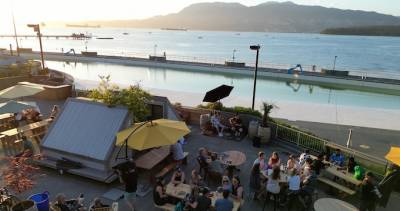

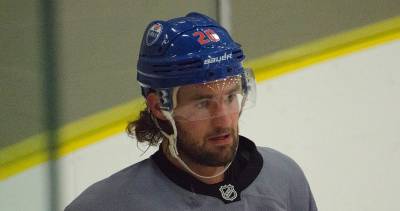


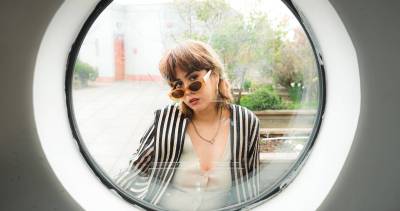
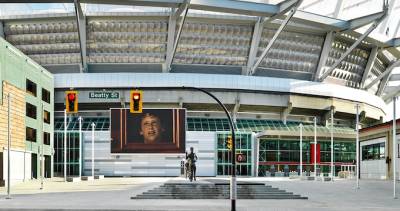
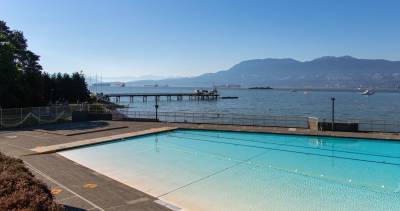





Comments